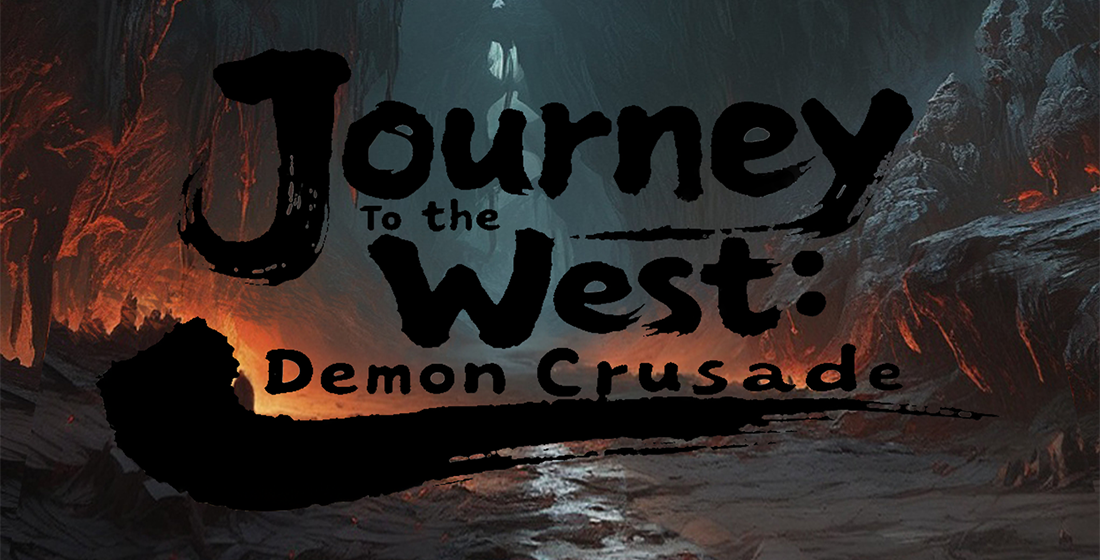The Hidden Allure of Idle Games: More Than Just Mindless Time-Wasters
Let’s be real, when people hear "idle game," their minds often jump straight to games you play while waiting in line for coffee—boring taps, endless progression, and minimal brain usage. That might be true… to a point.
But beneath the surface of seemingly repetitive tap-and-earn cycles lies a clever blend of psychological engagement. These games are more than meets the eye.
- Dopamine-driven loops
- Casual appeal for non-hardcore players
- Invisible hooks that turn casual users into die-hard fans
| Idle Feature | Gamer Type Attracted | Retention Time (avg.) |
|---|---|---|
| Auto-progress mechanics | Puzzle-oriented players | 34 days |
| Offline earning rates | Pocket-gamers | 67 days |
| Collectathon progression | Rare item seekers | 100+ days |
Holding Onto Players with Minimal Effort from Developers
If we're not watching what happens behind these apps, it's hard to realize the amount of player behavior data being collected silently while the user is idle.
“A truly engaging idle loop can retain players even without daily active pushes." - Indie dev @ Pocket Pixel Studio
Puzzle Meets Automation—The New Breed of Game Hybridization
You'll notice something fascinating if you observe the evolution since the clash of clans clan wars guide first started trending back in mid-2015s:
A new trend started emerging around 2020 where classic RPGs fused puzzle elements together. The surprise hit here was actually **"Merlin: Quest of Heroes"** which combined timed puzzle matches with automated tower building mechanics. It didn’t scream AAA or hardcore—but still pulled an impressive six-figure monthly user base in Europe and Australia specifically.
Some key design trends from this hybrid boom:
- Tap-based puzzle triggers inside auto-run worlds
- Energy system disguised as a progress currency
- Time-bound quest unlocking after long idle sessions
| Bonus Mechanics | Type Of Gameplay Boosted | User Growth |
|---|---|---|
| Puzzle lock timers | Brainpower challenges | +27% |
| Cached offline rewards | Daily session consistency | +63% |
| RNG collectable drop zones | Item chase addiction | +45% |
Clan Wars Guide or Clash Tactics? Why Strategy Is Key—even in Simpler Genres
An under-rated side to so called *“simple" games* has been how some manage to pack real strategy depth.
To get a deeper sense why this matters to the larger indie space, look closer at one thing all high-retention idle hybrids share:
- Tiered Unlock Loops
- - Not giving players full game early
- Seasonal Battle Passes
- - Recurring purchase triggers with minimal friction
- Near-complete-but-stalled upgrades
- - Designed frustration to make premium purchases seem justified
The Secret Ingredient: Predictable Yet Exciting

Key Takeaway Boxes For Developers & Analysts
- 💡 #1 Don’t underestimate simple UI patterns that work globally
- ⚙️ Core Loop Simulations Can Retain Players For Weeks Without Active Developer Input.
- 📊 Analytical Depth In Casual Titles Often Leads To Higher LTV Among European Gamers Compared To Traditional Mobile Market
Five PC-Friendly RPG/Idle Hybrids You Haven’t Considered Yet
- SteamWorld Dig – Retro Mining Puzzle Fun
- Mindustry — Base-Building meets Strategic Combat on a Budget
- The Witness – Visual Enigmas with No Direct Rewards
- Evertaste — Cooking Automation With Daily Puzzles Stacked Together
- Sorcerer Kings — Magic Idle Builds with Competitive Twist Modes
Trends to Watch For Future Idle Evolution
We can safely predict future trends based on current adoption models:
Predictive Engagement Tools Are Already Shaping Tomorrow’s Idle Hits Today. Look no further than the recent rise in:
- NFT integrations in otherwise mainstream casual titles
- Multi-game sync economies (especially browser-based idle clusters)
- Voice-controlled resource collection systems being tested secretly in Japan



